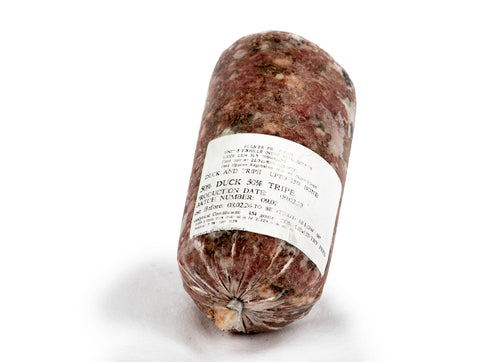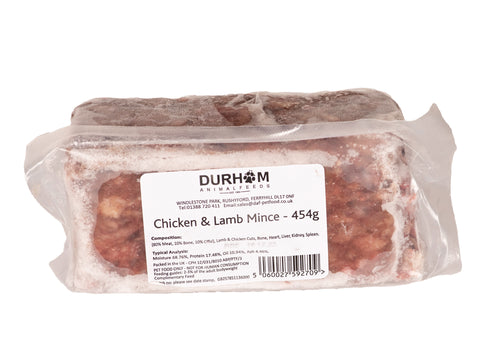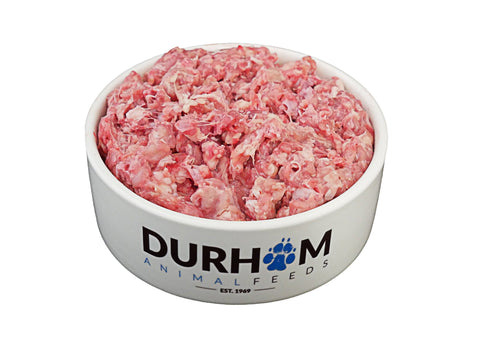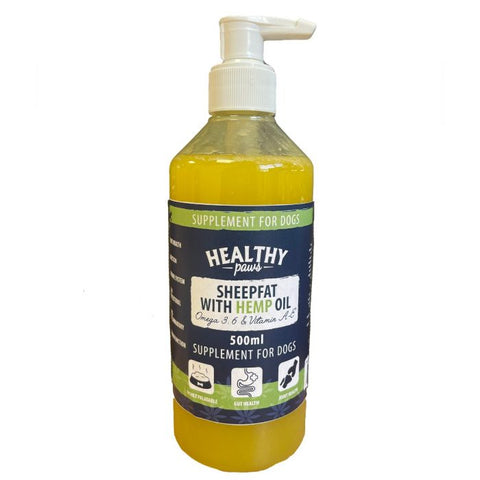Brazilian Rainbow Boa Care Sheet
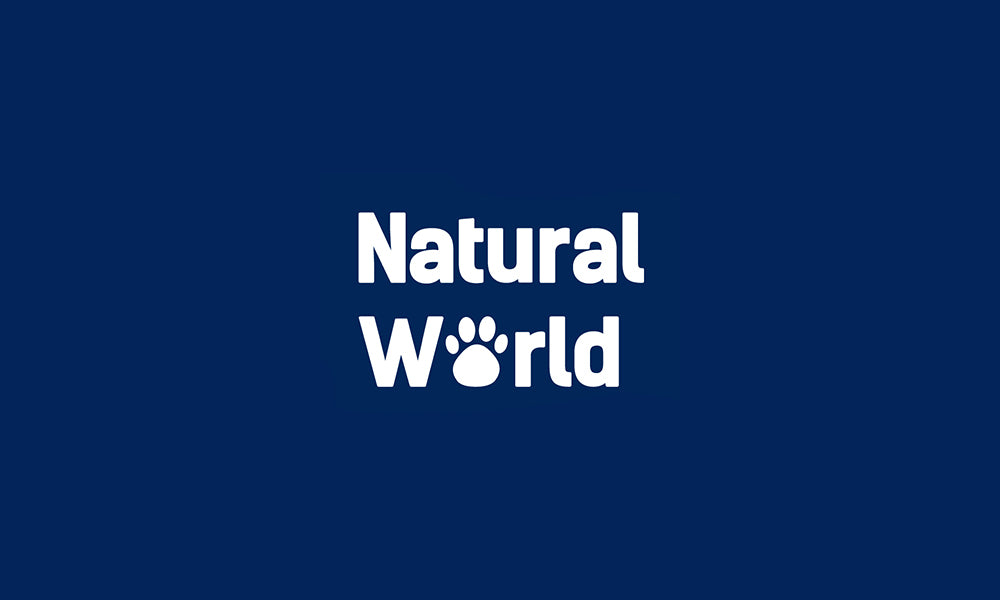
Description
Brazilian Rainbow Boas are a subspecies of Epicrates cenchria, commonly known as Rainbow Boas. The range of Brazilian Rainbow Boas is quite large. It includes northern Peru and Brazil, southern Venezuela and Guyana and much of Surinam and French Guiana. Although not endangered, due to habitat destruction they are not common in their range. They are a semi-arboreal, slender-bodied snake with an adult size of 5-7 feet, with females being slightly larger than the males. Rainbow Boas have beautiful colouration ranging from a deep red to orange (sometimes brown) with dark rings down their back, and several rows of dark spots along their sides. The first row is highlighted by bright, light coloured crescents. Rainbow Boas get their name from their incredible iridescence caused by microscopic ridges on their scales that act like prisms to turn light into rainbows.
Housing
Neonates amd sub-adult BRB’s do very well housed in a 60 x 45 x 45cm vivarium. The general guide for an adult snake is to provide it with 2 thirds it’s total length ie. 7ft snake – 4.5ft vivarium. Substrates that BRB’s do well on include Komodo’s Forest Terrain bark chips, sphagnum/peat moss, newspaper, Cyprus mulch and tropical terrain. Neonates require much higher humidity levels than adults as they dessicate much more quickly. Neonates can be housed in a similar fashion to adults, just with an appropriately sized vivarium and more frequent spraying of the enclosure. With such high humidity comes the risk of mould and bacteria growth, therefore attention must be kept to maintaining very clean enclosures. It is a good idea to let the cage dry out between spraying as this helps to prevent mould and fungus growth. Rainbow Boas should have free access to a large bowl of fresh water at all times (ensure the bowl is large enough for the snake to fully submerge and soak in). As adults, they will usually drink large amounts of water, and will not require quite as high relative humidity in their vivariums as the young do, however they can and will still dehydrate so ensure their humidity is approx 75-80%. This will also ensure that they don’t have shedding issues. They should always shed their skin in one piece, if your snake is shedding in bits and getting shed stuck, this is more than likely due to fact that the humidity is not adequate enough and/or temperatures are not correct.As well as providing your snake with several inches of loose substrate that they can burrow into, they should also provide plenty of hiding spots. Providing some branches for your boa to climb up and exercise on is highly recommended as they will regularly climb low branches on the forest floor in the wild.
Common mistake – using a fish tank with a screen top. This will not provide your boa with the correct ventilation and can lead to upper respiratory problems and potentially death.
Temperature and Humidity
BRB’s are more tolerant of lower ambient temperatures than many other boids, but they cannot tolerate excessive heat very well. They should have a basking spot of around 85f in the ‘hot end’,an ambient hot end temperature of around 80f and a cold end of around 70f. This ensures the snake can thermoregulate its body temperature and move from the hot and cold areas as it wishes. Using a thermostat on your heat sources is by far the best and safest way to control your temperatures and is always recommended.

